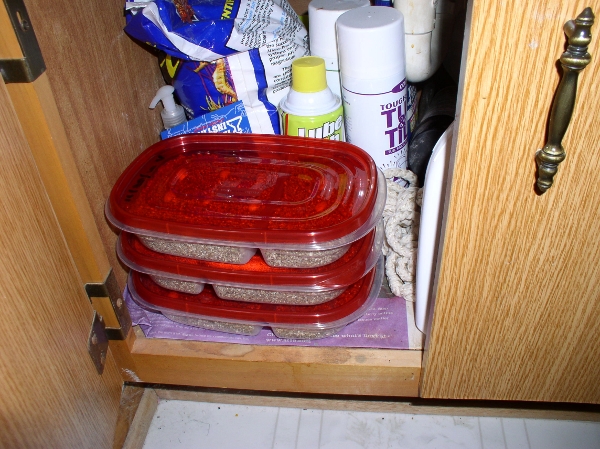Pickle
New Member
Hello. Thank you to everyone who tried to help with pickle and her pregnancy. She passed away yesterday morn at the vet after spending the night. The eggs were too big and too many for her body the vet said. I am trying to incubate the eggs the vet gave me since she said they might and look viable. She had 42 eggs. I have them in vermiculite spaced an inch and half apart. Input dots on the top to make sure they didn't roll and i am having trouble with humidity. I can keep the heat up but not the humidity i have them in 3 tupperwear containers. I really need at least one egg to hatch and live for the sake of my heart. Please help.





